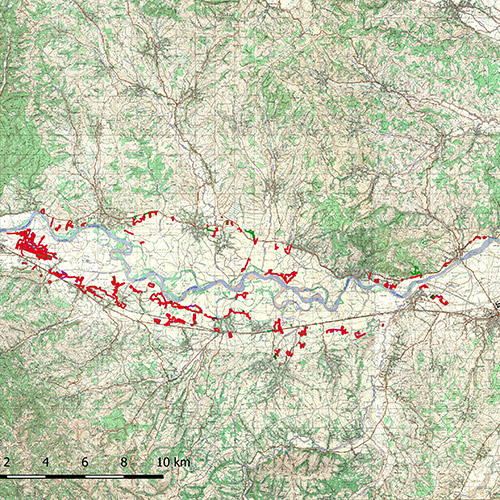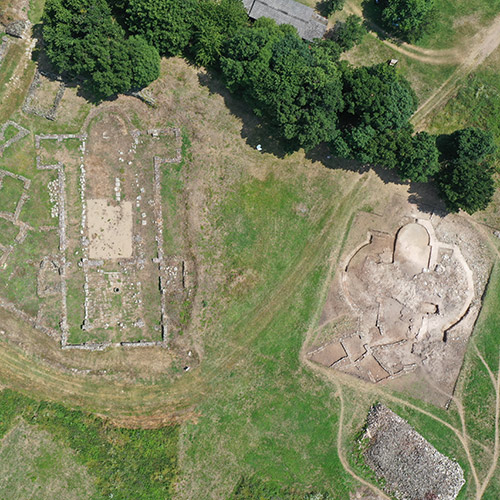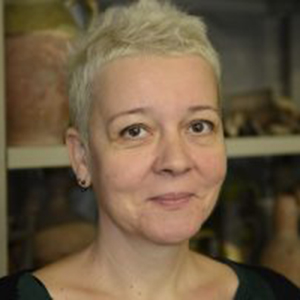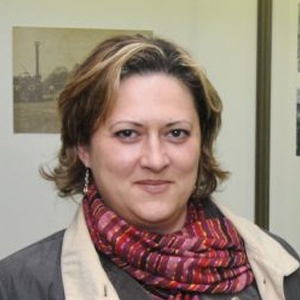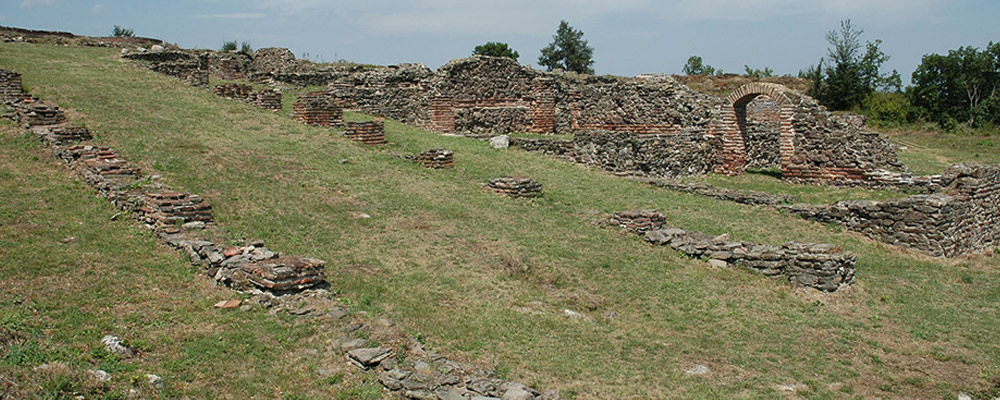
Early Middle Ages
The work in the field of archaeology of the Early Middle Ages includes the study of the processes that marked the end of Antiquity in the Central Balkans: the vanishing of administration and cities, the collapse of the border and economy and massive depopulation, followed by the arrival of newcomers. The period of Slavic settlement saw complex relationships between the powers of the time. All these questions could be best answered using the evidence from Caričin Grad (Justiniana Prima), a crucially important site that has been researched for decades by international teams. It should be stressed that the period between the 7th and 10th centuries, which can be seen as the Dark Ages in the given territory, is the least studied span of the medieval past of our lands. Apart from the examination of re-occupation and re-fortification of some of the Late Roman/Early Byzantine hilltop localities in the Central Balkans in the 9th and 10th centuries, this period saw the formation of the open villages in riverine areas, which are studied through archaeological surveys and excavations.
As present-day Serbia spreads both north and south of the Danube, its archaeologists are privileged to have the opportunity to study remnants from particular historical epochs in two very different regions, north and south of the Sava and Danube. In addition to the main study of Byzantine-Slavic relationships, our researchers are also devoted to the archaeology of the Avars, the history of which lasted from the second half of the 6th to the beginning of the 9th century, and to other groups that settled the Carpathian Basin – the conquering Hungarians and local post-Avar and Slavic populations.
-
Archaeological Surveys of the Western Morava Lower Course
The three-year survey project has been conducted between 2018 and 2020, primarily aiming at the understanding of settlement patterns and resource use in the Western Morava region throughout different periods, and particularly during the Middle Ages.
-
Caričin Grad
Caričin Grad, a site that most researchers today identify with Justiniana Prima, represents one of the most striking examples of the restoration of Illyricum carried out by Justinian II (527–565). The spirit of that restoration was recorded in the work "On Buildings" by Procopius of Caesarea, which mentions a large number of newly built and renovated fortifications in the area


